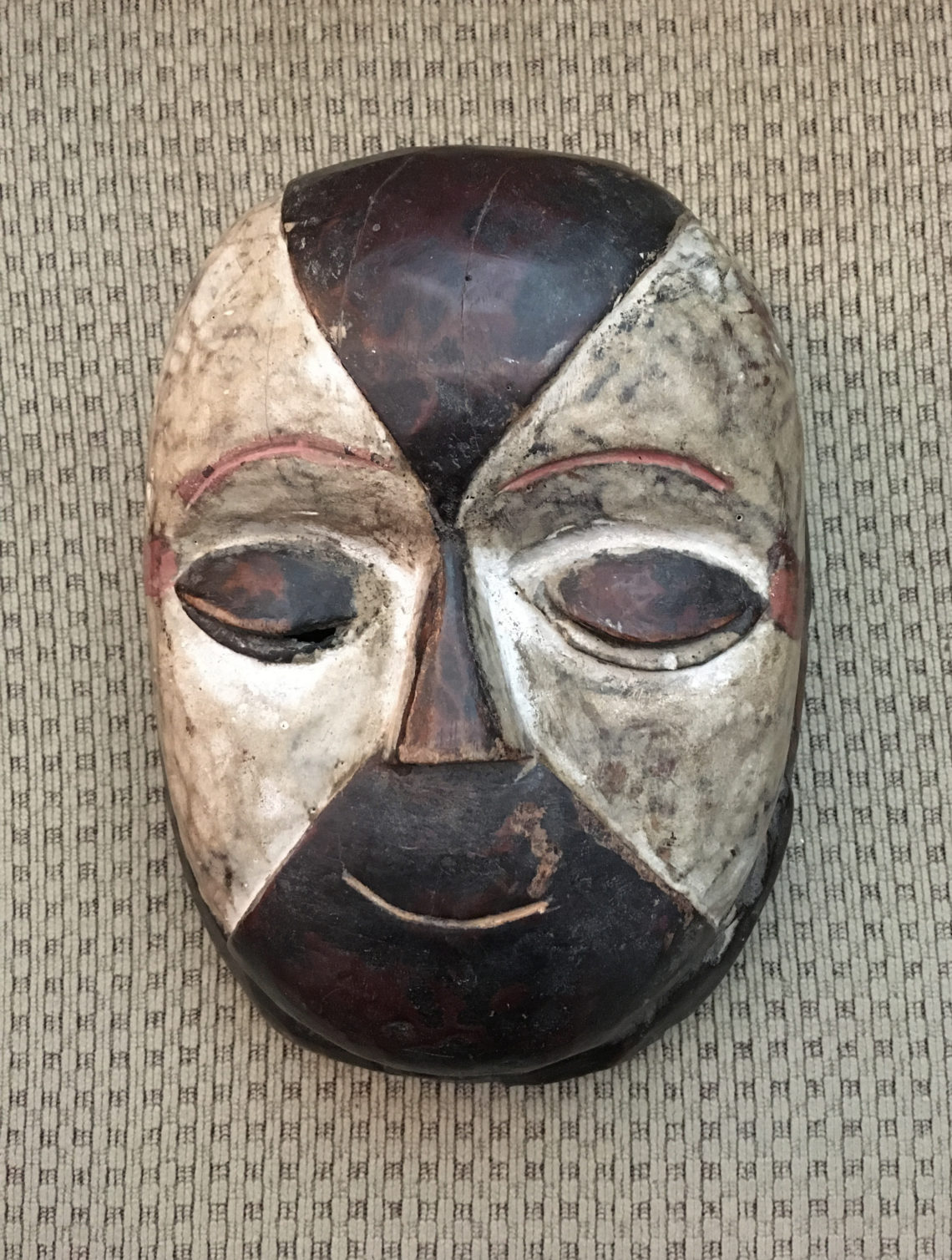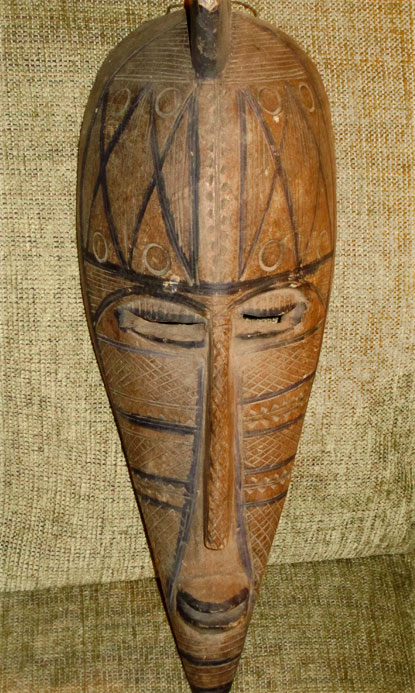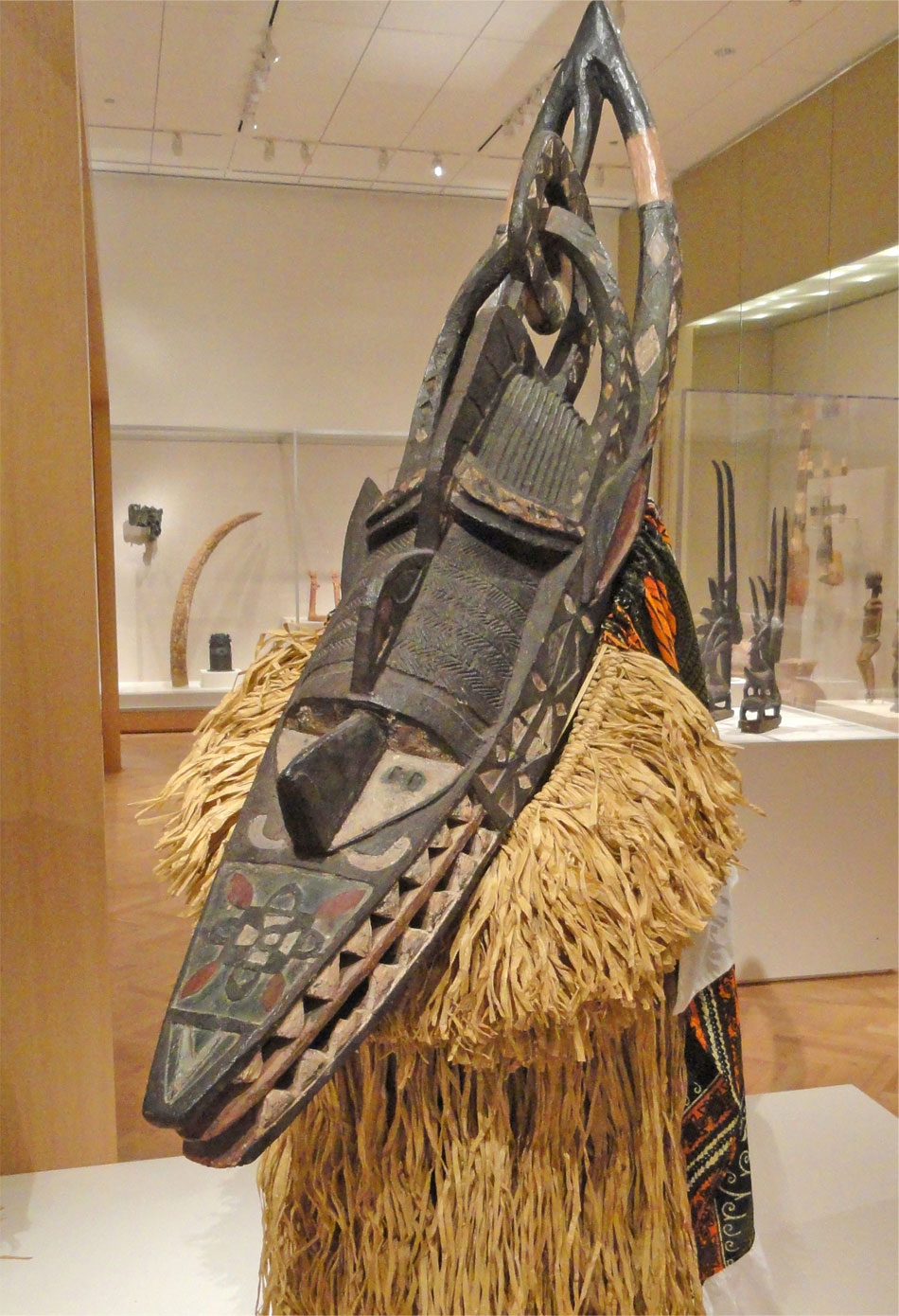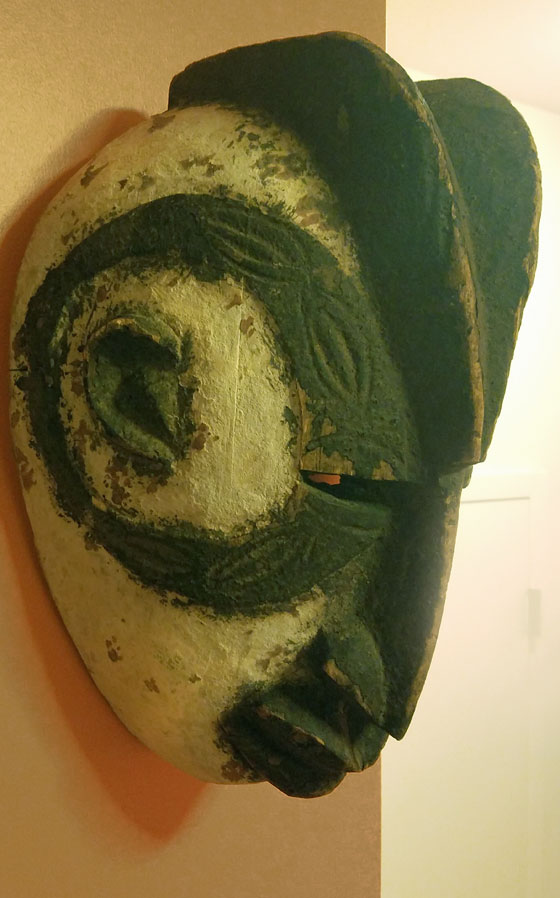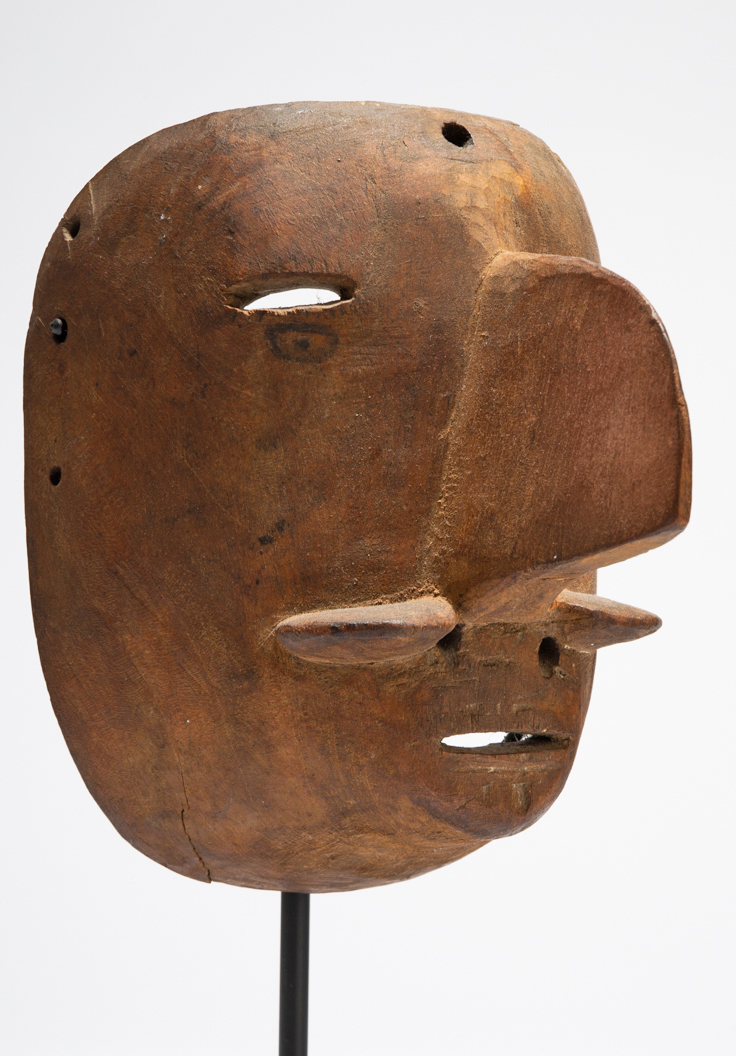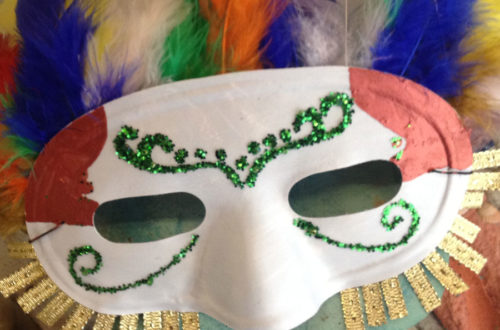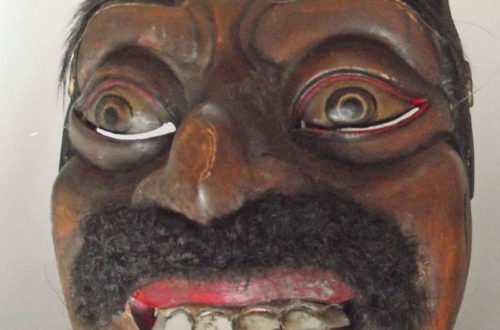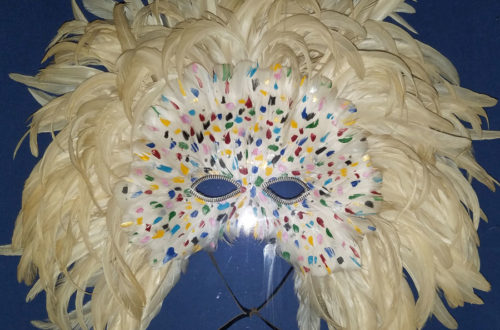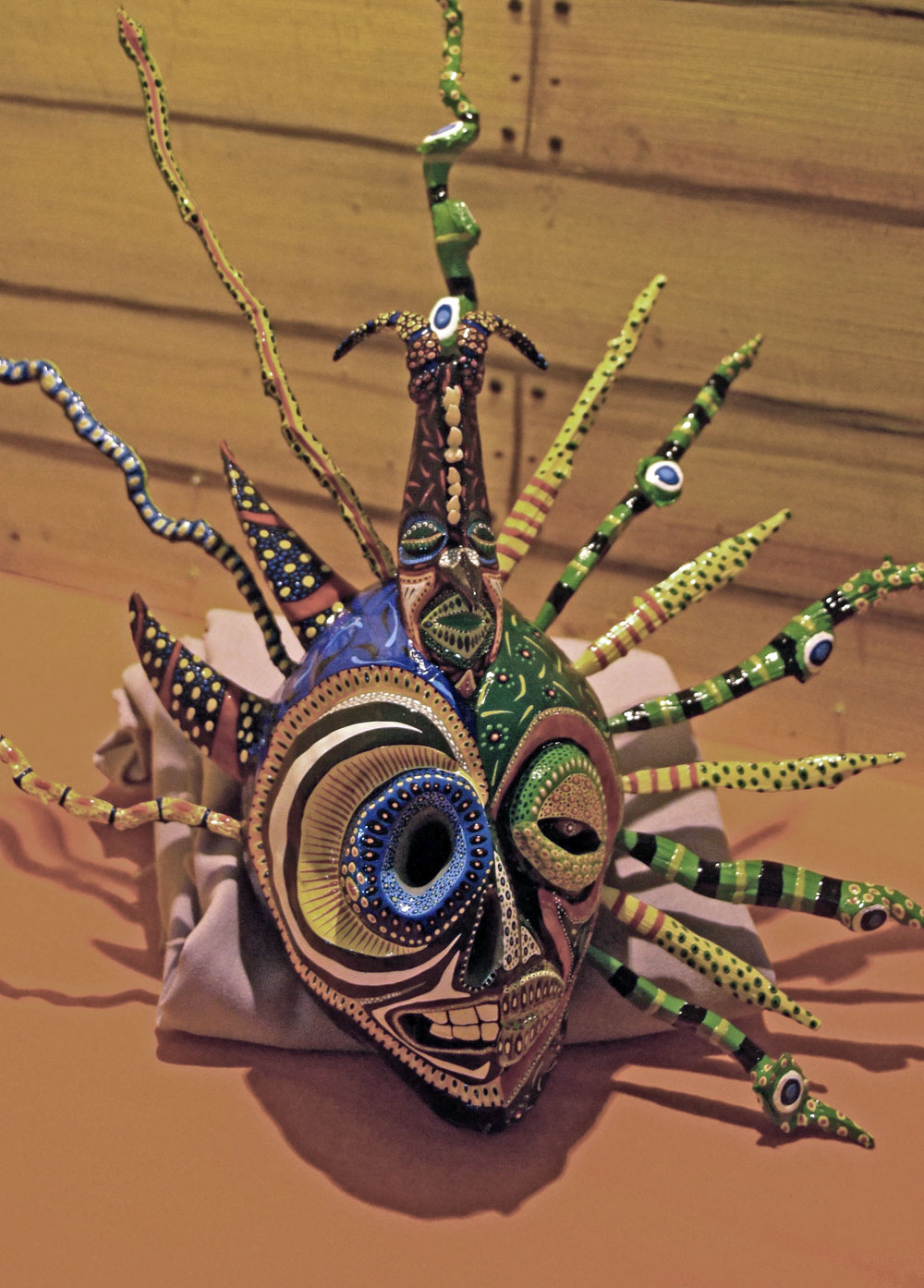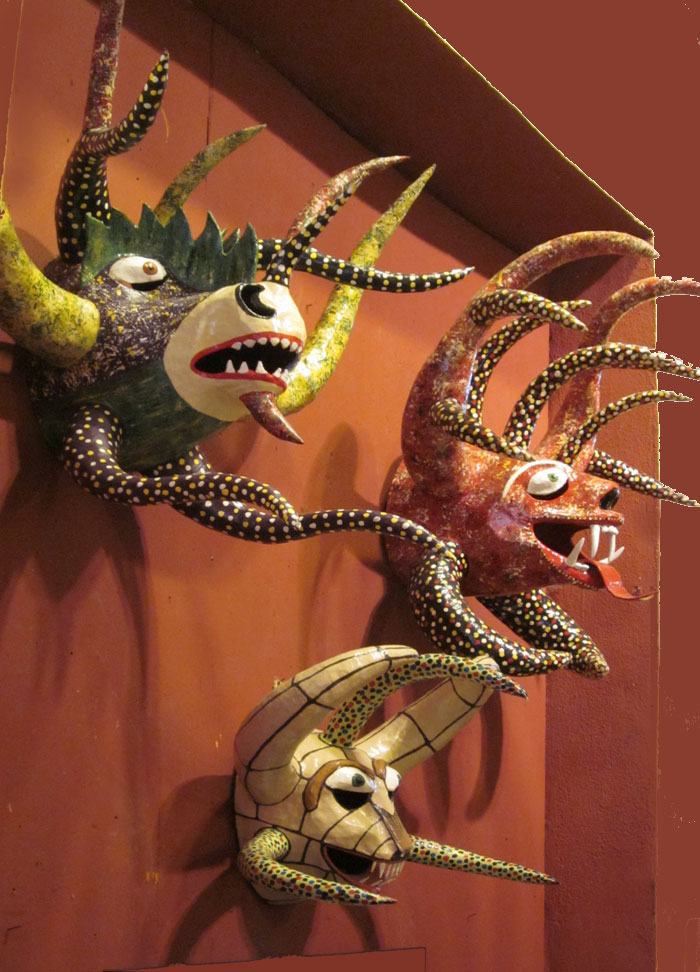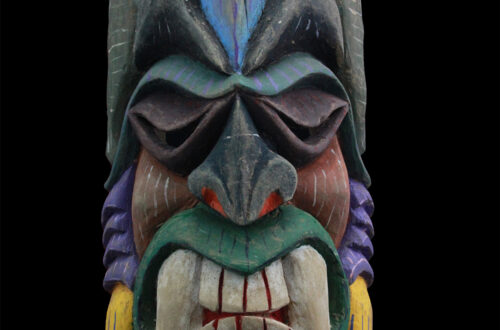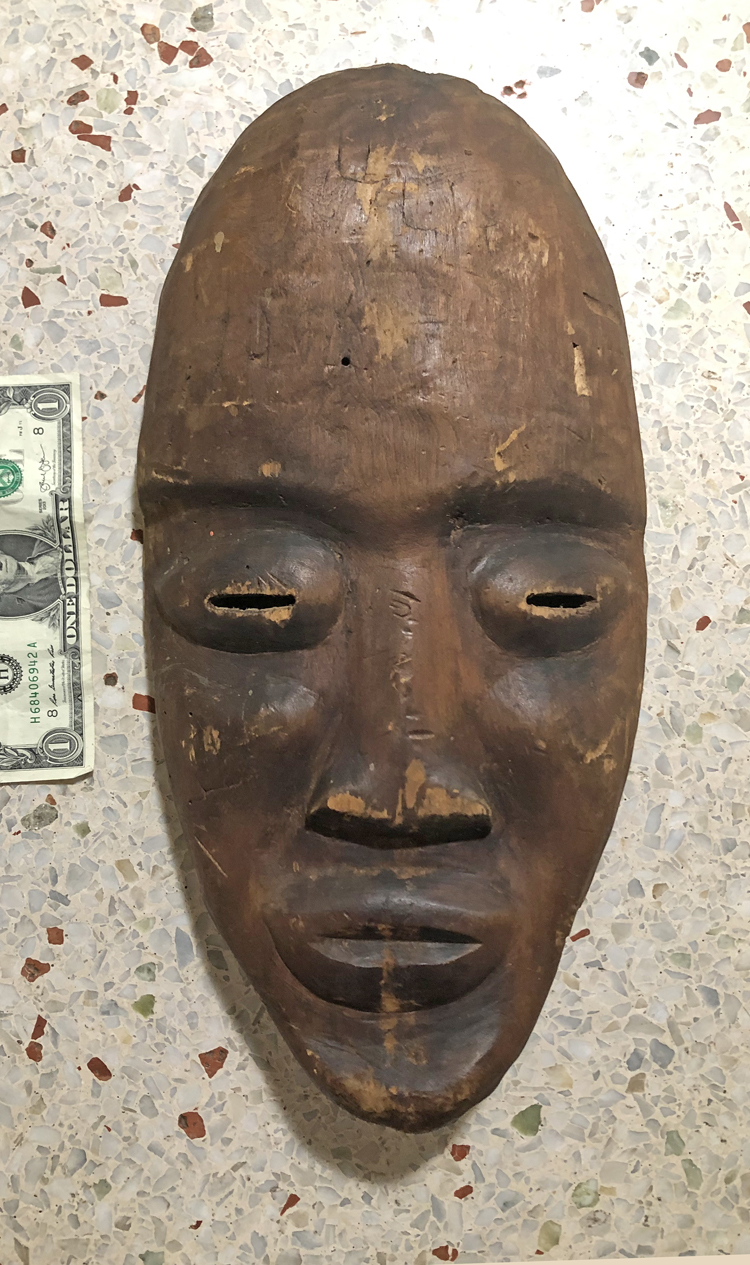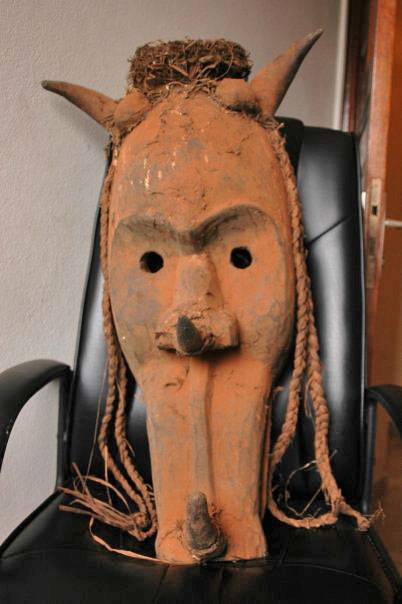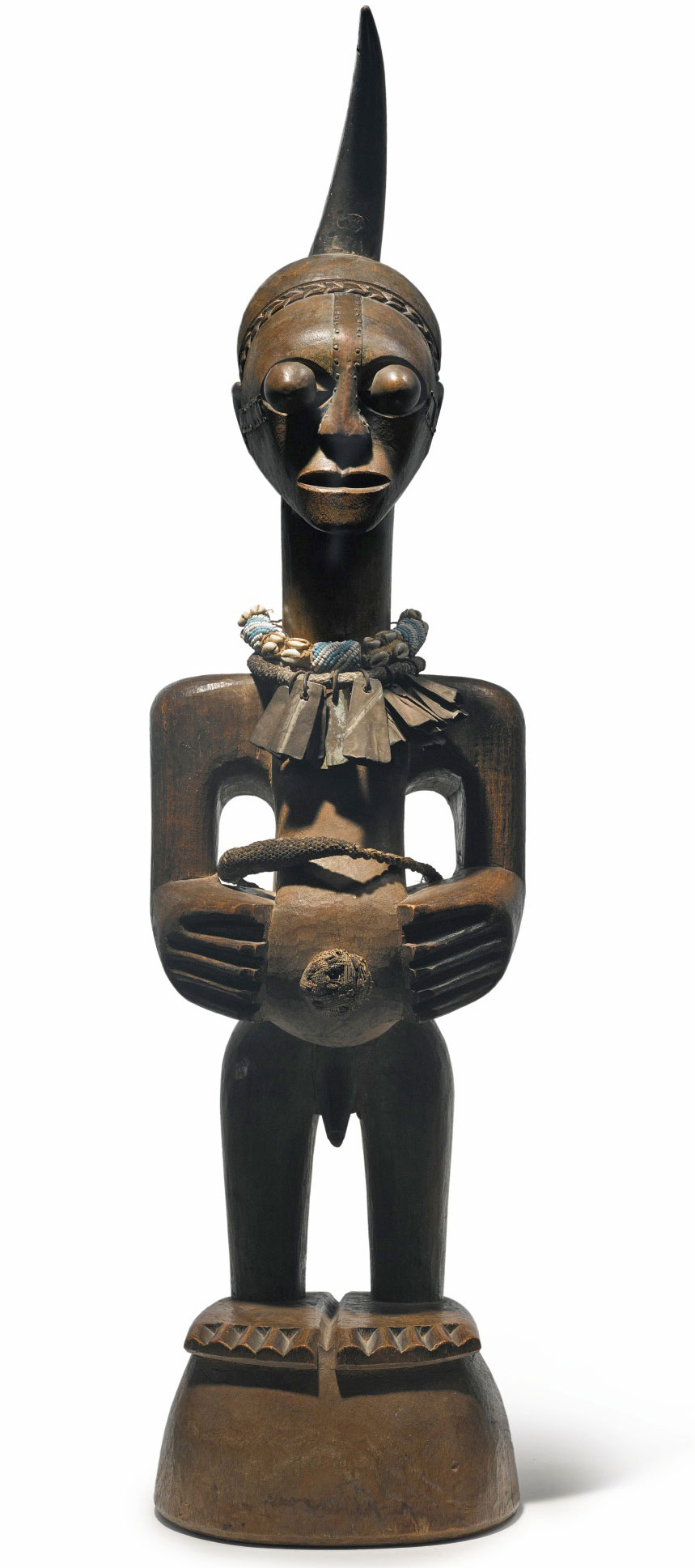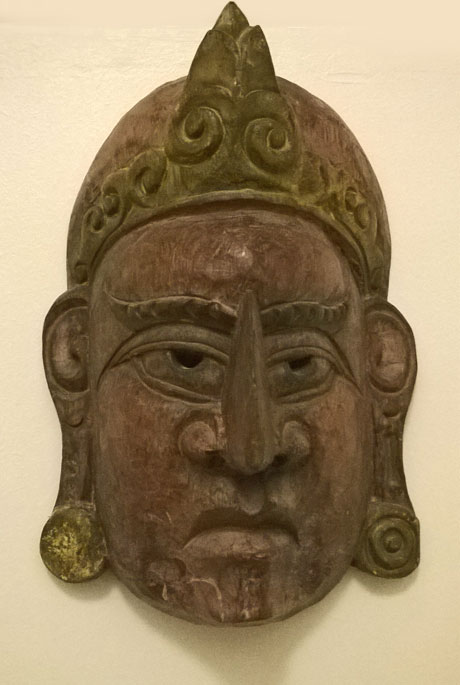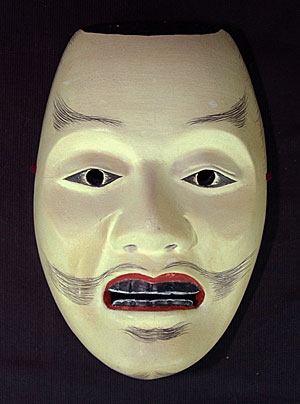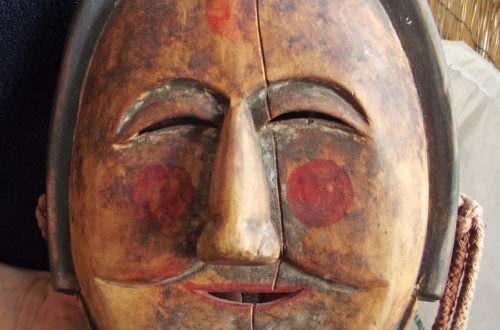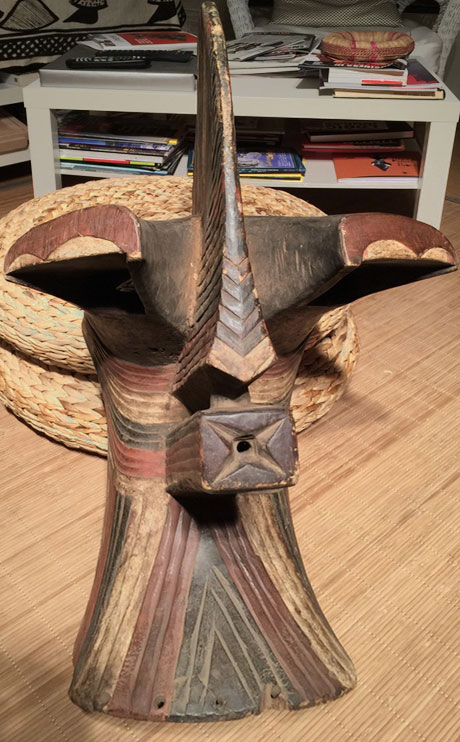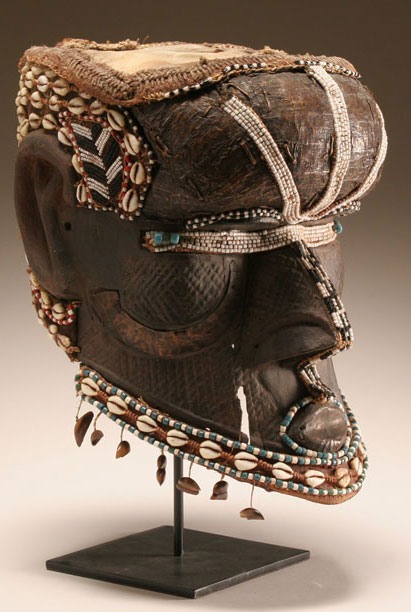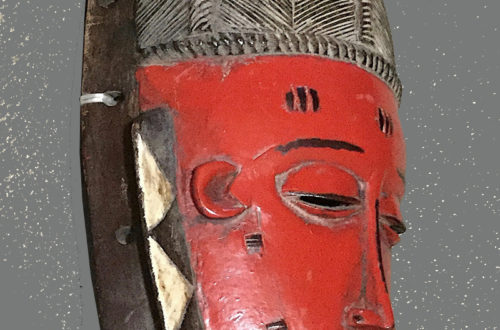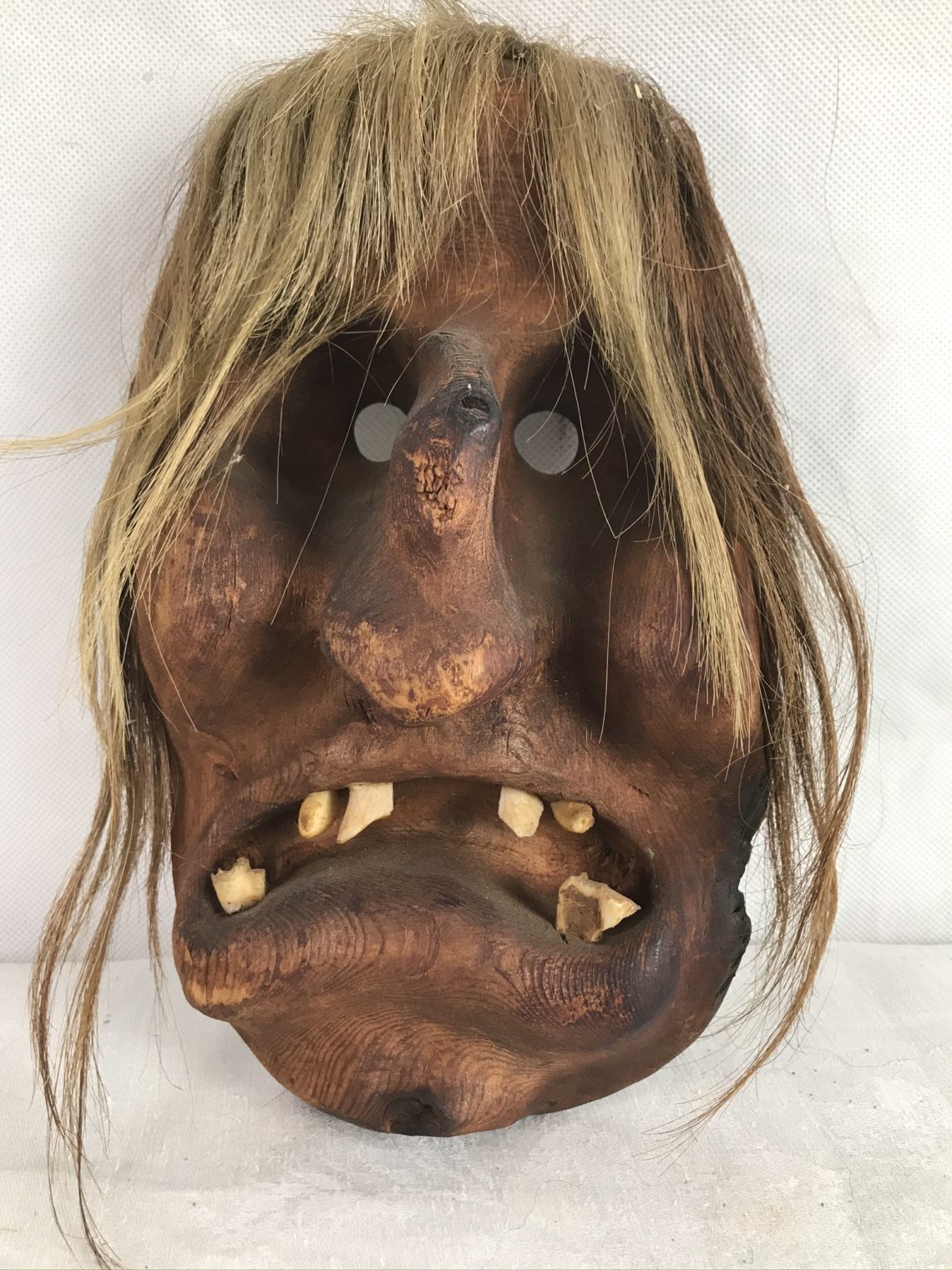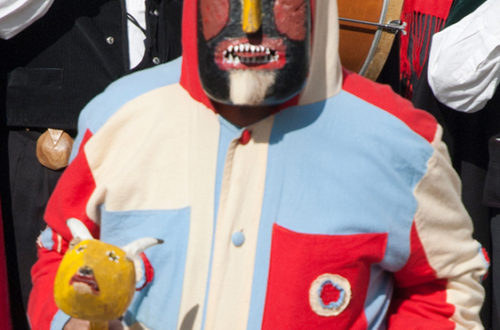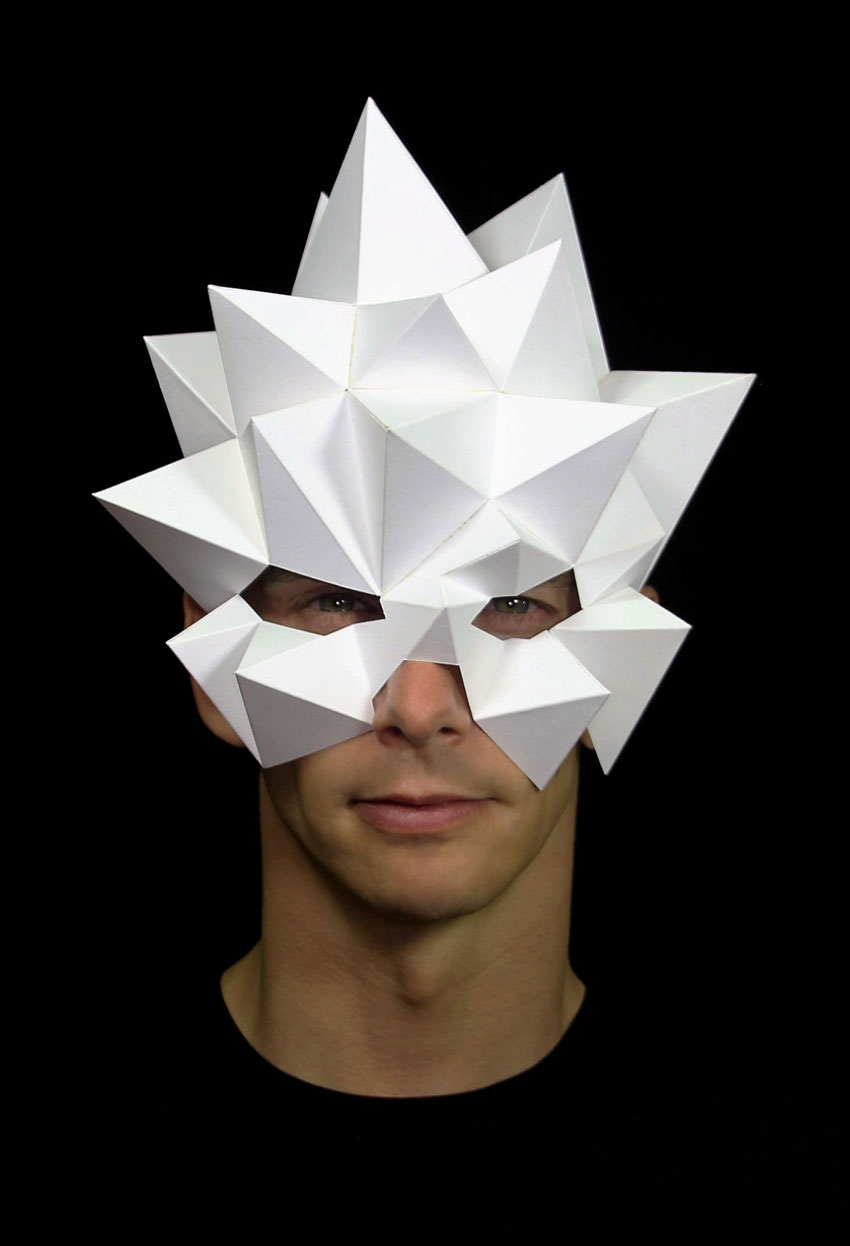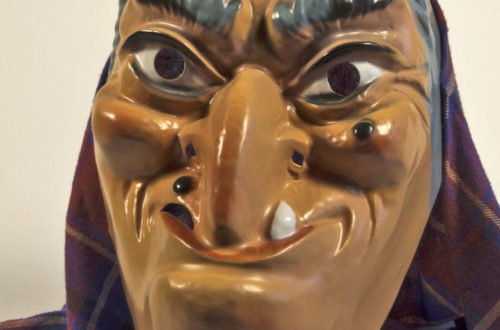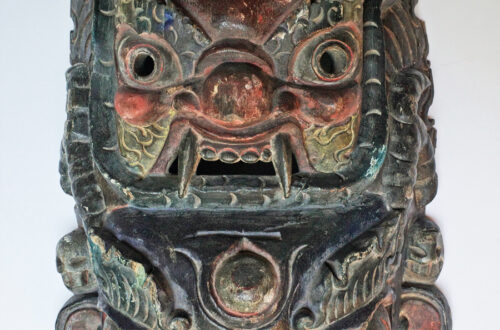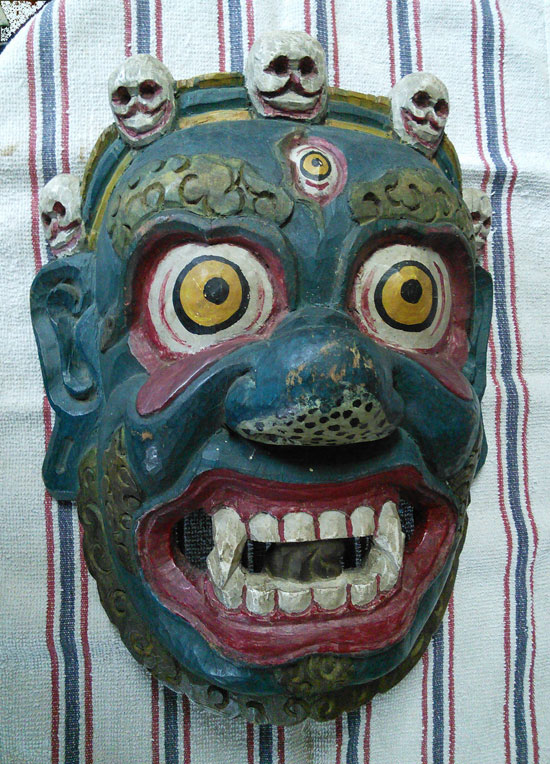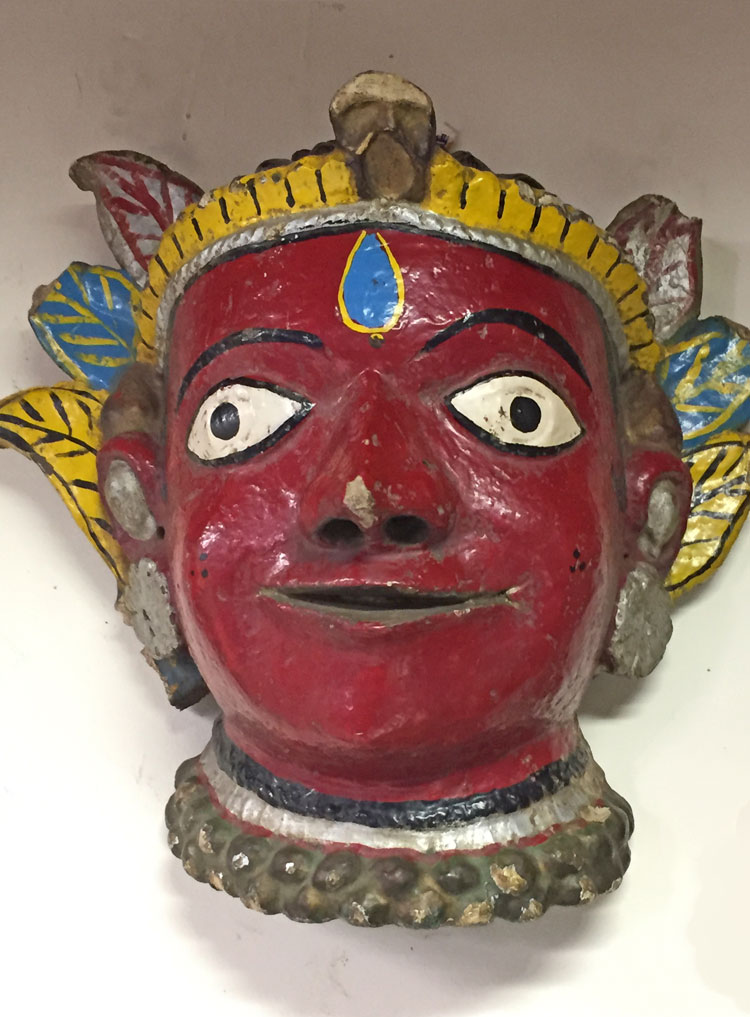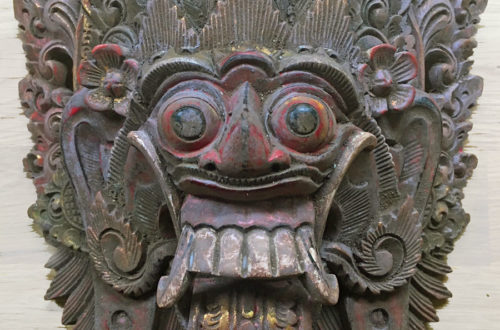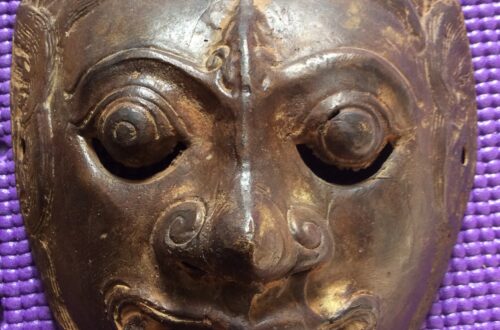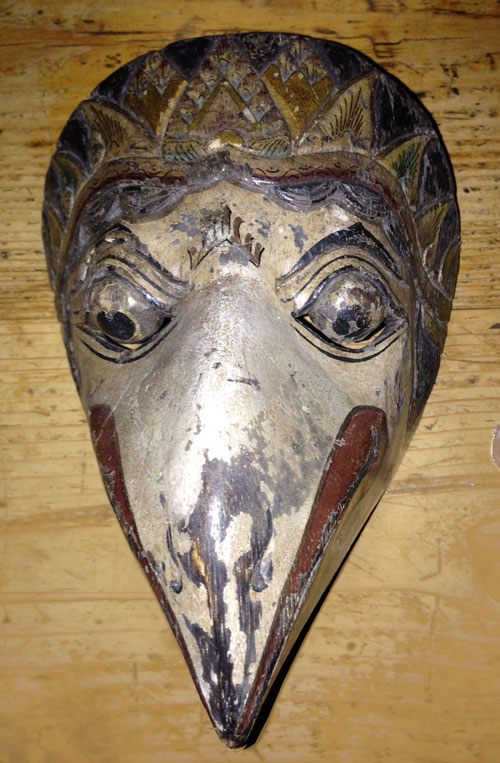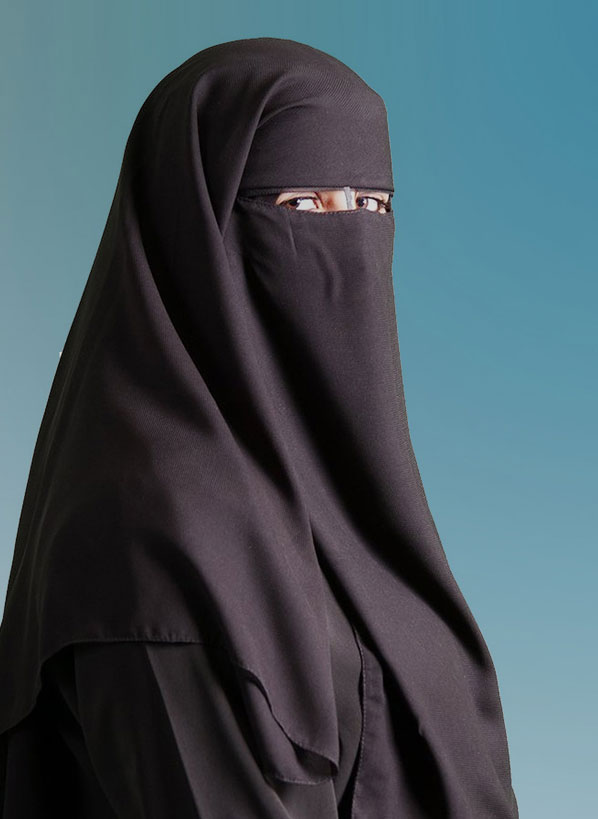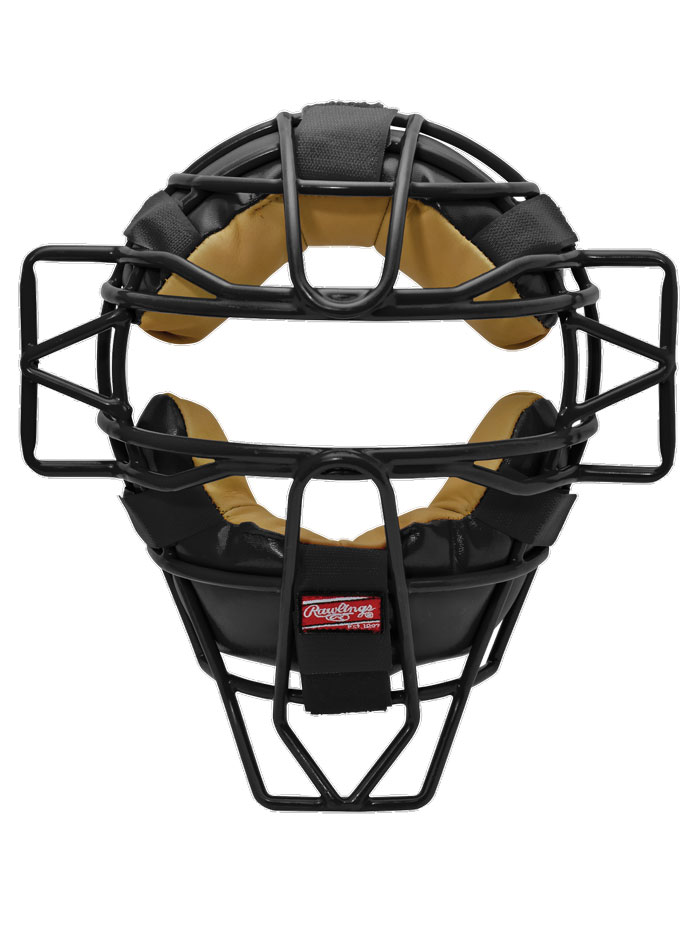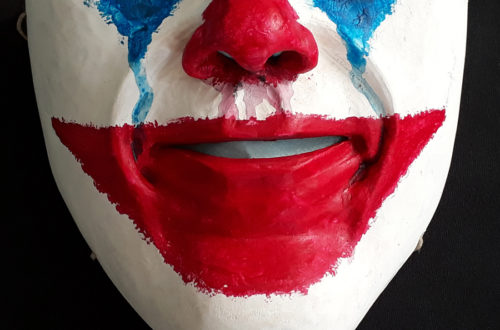Q: I am wondering if you may be able to tell me a little bit about this mask and it’s origin. Particularly if you believe it is an inuit mask. It is hand carved and made of a heady thick wood. It is a little larger than the size of my face. The white on the face appears dirty in the photos but it is simply aged. Any assistance would be appreciated. Lindy, 1660 A: This is a tourist mask made somewhere in West Africa. Most of the carvers there are experts in artificial aging because it helps them get more money for their products. Now let me say something positive…
-
-
Help needed for fine mystery mask
Q: I recently bought this mask. Its about 20 cm tall. Looks real old and used but I don’t know where its from or from witch culture it is?. I bought it at an auction and paid 400 euro for it. Niek, 1659 A: Niek is a collector of PNG masks. I think he can tell what pre-contact usage looks like. This mask was carved with bones, shells or stone fragments… not a steel tool. But after a long search I have found nothing. Certainly 400 euros will be a great bargain if we can identify it. Please try to help us! Niek will be so appreciative. A?
-
Mask and costume from Dominican Republic
Q: I am a student studying my bachelor of Set and Costume Design at the Royal Central School of speech and drama, London. I am currently researching Dominican Republic Festival masks from the 1800s. I would like to make one for a play I am designing, and would it like to be as visually accurate as possible. To be incredibly specific it would be from Le Joya – by the river I believe, but to be able to find any imagery of masks from this area would be incredible. I have looked through copious research material– libraries and galleries, online, etc. It seems to be a very niche area. I…
-
The problem with African masks
Q: This mask was recently bought online. I know very little about it, except that it was exhibited at the Allied Arts Association in Richland, Washington in 1953, with an exhibition label on the back. It certainly seems to have age. It is made of a soft and light wood. The chin is rounded as if it was often held on the chin. I would love to know more. Any help would be greatly appreciated. Ryan, 1657 A: If you want to use this impressive 16-inch carving as a decor item, hang it on the wall and tell folks that it looks like an over-sized Dan mask from West Africa…
-
Recent Bugaku mask from Japan
Q: I’ve got a new mystery mask for you. I was in Japan all December, filming ceremonies and collecting masks for the Museum, and I came across this one in an antique store in Kyoto, which I absolutely do not recognize. This is not a tourist item, but I don’t recognize the type. The back gives the date (1985) and what appears to be someone’s name, or possibly the name of a workshop, but the kanji is unclear. Do any of your visitors have expertise in Japanese folk traditions? Aaron,1655 A: My guess is Bugaku. These kind of masks can go back 800 years. I’ve heard a few of them…
-
Kwele mask from Gabon
Q: Please help me to get more information of this mask that I bought in Africa. I want to know it’s origin and it’s value. Adalberto, 1655 A: Despite its appearance this Kwele mask was probably made to be sold. Kwele masks (also called a Pibibuze) are used by the Bwete association, which maintains social order, and were primarily seen at funerals. They are also used in ceremonies to promote well-being and community. In recent years, some do not have eye slits and are shown to onlookers rather than worn at dance ceremonies. The masks are considered to be among the most beautiful in African art when they have not…
-
Tschaggatta mask from Swiss Alps
Q: This is a Native American mask. I would love your reaction/input. Dominikija, 1654 A: On February 8, 2019, a viewer submitted a similar mask that he found in an attic in North Carolina. It was roughly 10 inches tall (minus the hair) and 8 inches wide. It appeared to have real teeth. Take a look at #1515 in our archives. What I thought was a Cherokee Booger mask was actually a small, decorative Tschäggättä mask from Lotschental in the Swiss Alps. The Mask Man had gotten it wrong. Well, I’m not going to make that mistake again. Incidentally, you can easily learn more about this traditional European mask with…
-
Citipati mask from Arunachal Pradesh, India
Here is one of my favorite Citipati masks. As you know the are made as pairs, the male and the female which are often difficult to differentiate. It is essential that the soul be able to laugh the frightening prospect of the hereafter and so, in their wisdom, monks turn dancing skeletons into clowns for comic relief at great masked performances. I was lucky enough to manage to buy it at auction about 18 months ago. I paid less than half what I believe the mask to be worth. As you know, Himalayan masks have become very expensive, and Citipati masks are among the most favored by collectors. The mask…
-
Barong mask from Bali
Q: Does anyone know what kind of mask this is? Thanks! Stephanie, 1652 A: Because of its poor craftsmanship it could come from a rural village, or maybe it’s just a cheap tourist souvenir. I thought it should be posted because I’ve never seen one that looks like this. Barongs are supposed to be protective spirits that patrol the village border to sniff out dangerous demons and scare them away. The mask is worn with a very elaborate costume. Barongs are also danced in some of the traditional dramas. I’m pleased that masquerade is still widely practiced all over this Indonesian island.
-
The world’s number one mask
In today’s newspaper there is a picture of a masked person condemning the killing of an Iranian general. In back of the protestore is the US Capitol. Once again we see the famous Guy Fawkes face in the news. Since the 2005 release of the film V for Vendetta, the use of stylized Guy Fawkes masks, with mustache and pointed beard, has become widespread internationally among groups protesting against politicians, banks, and financial institutions. The mask both conceals the identity of individuals and demonstrate their commitment to a shared cause. It has been used off and on during all of the 20th century, especially on November 5th in the UK.…
